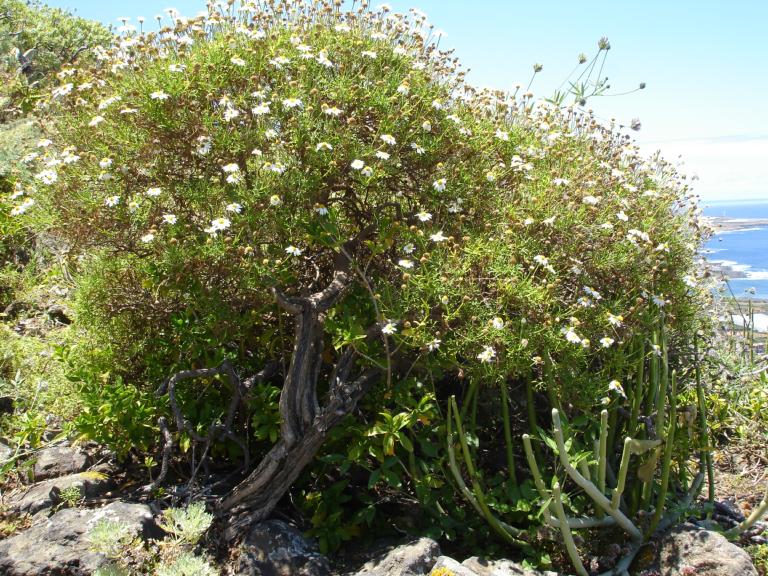
Due to their isolation and well-defined boundaries, islands have been considered excellent case studies to unravel evolutionary processes that have shaped present-day biodiversity. However, one of the unresolved key questions in biodiversity research is why some animal and plant lineages have radiated spectacularly, while others remained species-poor or did not radiate at all. To solve this long-standing problem, we are collaborating with Luis Valente (Naturalis), Ornela Nanwou Dehayem (Naturalis, Groningen University, NL) and Prof. Rampal Etienne (Groningen University, NL) to develop a new theoretical island model that investigates the impact of potential key traits on speciation and extinction of species.
We thereby focus on using the largest group of land plants (flowering plants) and the best-studied archipelago (Canary Islands). The major outcomes of this project are twofold: (1) a tested, freely available, user-friendly software that will allow evolutionary biologists to investigate which traits drive plant or animal diversification in an insular context, and (2) identification of plant traits - e.g. transition to woody life form on islands, flower and fruit characters that impact dispersal - that have triggered island radiation in the most successful land plant lineage.